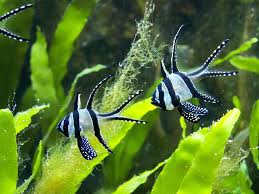Dragons in Chinese Literature and Legends of Benevolence
Dragons hold a profound and multi-faceted place in Chinese culture, mythology, and literature. Unlike the fire-breathing, fearsome creatures often depicted in Western folklore, Chinese dragons (lóng, 龙) are typically seen as wise, benevolent beings that symbolize harmony, prosperity, and divine power. Throughout centuries, literary works and oral traditions in China have celebrated the dragon as









